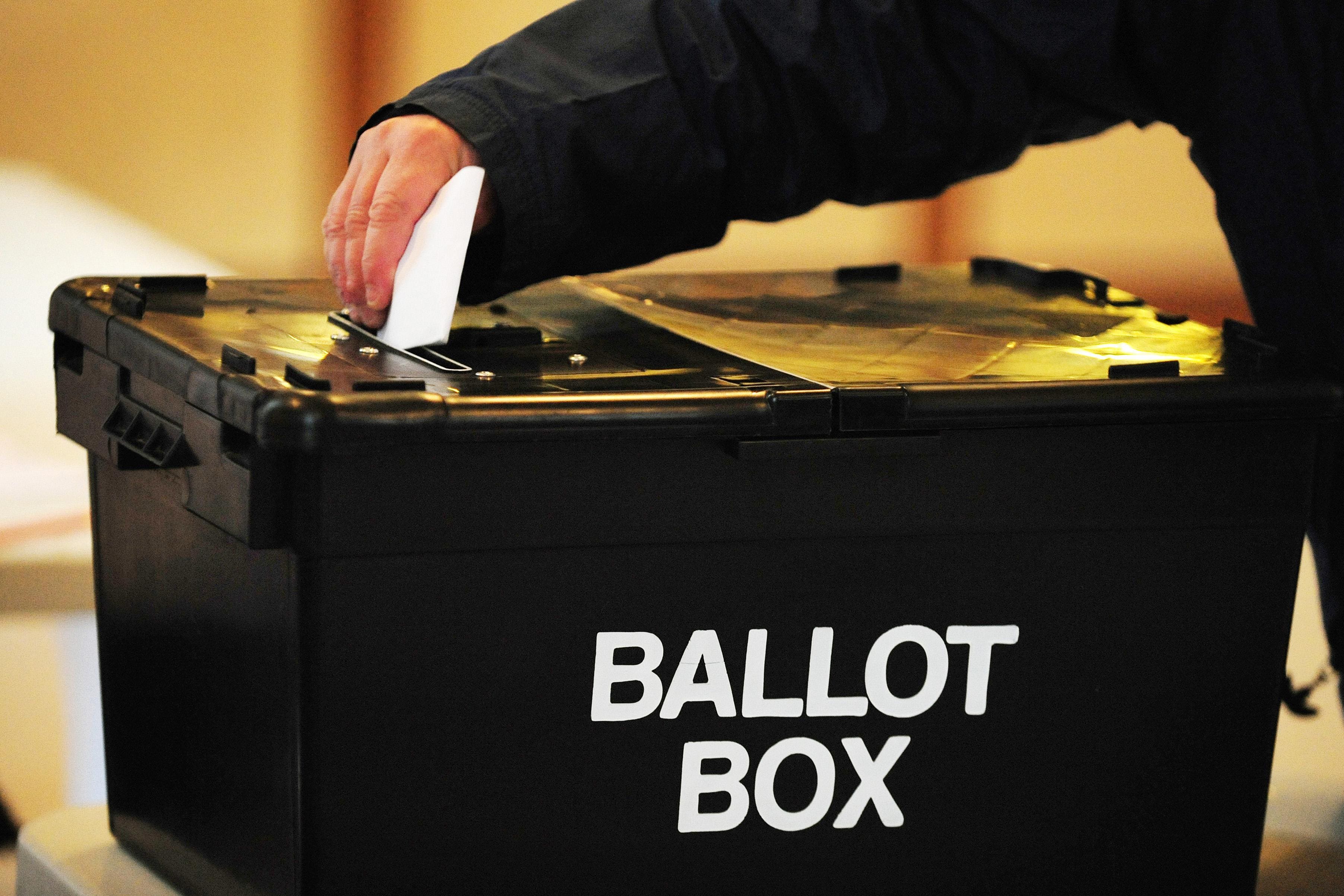Uxbridge, Mid-Bedfordshire and Selby by-elections: Key numbers
Labour and the Lib Dems would need big swings in the vote to win all three seats.

The Conservatives are facing the prospect of fighting three by-elections at the same time – but against parties with differing chances of success.
Here are the key electoral statistics for the constituencies of Uxbridge & South Ruislip, Mid-Bedfordshire and Selby & Ainsty, together with what Labour or the Liberal Democrats would need to do to take the seats from the Tories.
– Uxbridge & South Ruislip
Uxbridge & South Ruislip has been held continuously by the Conservatives since the constituency was created in 2010.
The Tories’ share of the vote has gone up at each successive general election, from 48% in 2010 to 50% in 2015, 51% in 2017 and 53% in 2019.
Boris Johnson first won this north-west London seat in 2015 with a majority of 10,695.
His majority dropped to 5,034 in 2017 but rose to 7,210 in 2019.
Labour has always come second in this seat at general elections and polled 38% of the vote in 2019, 15 percentage points behind Mr Johnson.
The Liberal Democrats came a distant third in 2019, getting 6% of the vote, while the Greens were fourth on 2%.
To overturn the current Conservative majority of 7,210 and win the seat, Labour needs a swing in the share of the vote of 7.5 percentage points – in other words, eight in every 100 people who voted Tory in 2019 would need to switch to Labour.
This is a smaller change than the one achieved by Labour in the Wakefield by-election in June 2022, which saw the party win the seat from the Tories on a swing of 12.7 percentage points.
– Mid-Bedfordshire
Labour would need a much larger swing in Mid-Bedfordshire to win the seat from the Conservatives.
Nadine Dorries notched up a huge majority of 24,664 at the 2019 general election, along with 60% of the vote.
The constituency has been held by the Tories without a break since 1931, with Ms Dorries becoming its MP in 2005.
Labour finished in second place in 2019 on 22% of the vote, 38 percentage points behind the Conservatives.
The Lib Dems were further behind on 13%, while the Greens were fourth on 4%.
To win the seat at the by-election, Labour would need a swing in the share of the vote of 19.1 percentage points – that is, 20 in every 100 people who voted Conservative in 2019 would have to switch.
Labour has not achieved this size of swing in a by-election since winning South East Staffordshire from the Tories in April 1996.
The Liberal Democrats would need an even bigger swing to leap from third to first place in Mid-Bedfordshire: 23.6 points, the equivalent of 24 in every 100 people who voted Tory in 2019 switching directly to the Lib Dems.
The party has pulled off this kind of swing in recent by-elections, however.
In June 2022 the Lib Dems won Tiverton & Honiton from the Conservatives on a swing of 29.9 points, while in December 2021 they won North Shropshire from the Tories on an even bigger swing of 34.1 points.
– Selby & Ainsty
The seat of Selby & Ainsty was created at the 2010 general election and has always been held by the Conservatives.
Nigel Adams took 49% of the vote in 2010 and pushed up his share at every subsequent election, winning 53% in 2015, 59% in 2017 and 60% in 2019, when he won a majority of 20,137.
Labour came second in 2019 with 25% of the vote, 35 percentage points behind the Tories.
The Liberal Democrats finished third with 9%, while the Greens came fifth – behind the Yorkshire Party – on 3%.
For Labour to win this North Yorkshire seat at a by-election, it would need a swing in the share of the vote of 17.9 points, or 18 in every 100 people who voted Tory in 2019 to switch to them.
The last time Labour achieved a swing at a by-election of at least 17 points was in February 1997, when the party won Wirral South from the Conservatives.
The Lib Dems would need a swing of 25.9 points, or 26 in every 100 former Tory voters to switch to them.
Subscribe to Independent Premium to bookmark this article
Want to bookmark your favourite articles and stories to read or reference later? Start your Independent Premium subscription today.
